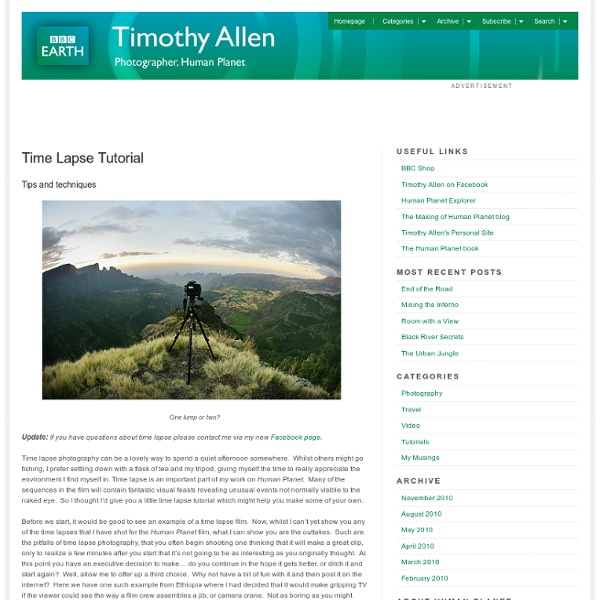Miracle Film Turns Any Surface into a Touchscreen
Here's one for all you lovers of futuristic interfaces. An interactive hardware company called Displax has begun marketing Skin, a paper-thin, flexible film that would transform any non-metal surface into an interactive touchscreen. You could place Skin on any surface, transparent or opaque, flat or curved, and use it to display any interactive content you like. Displax's multi-touch technology can detect up to 16 fingers at once and can also detect air movement. Skin is completely transparent and works on surfaces that are also transparent; you can place Skin on a glass surface and interact with content displayed under the glass. This unique hardware operates via a grid of nanowires embedded Skin's polymer film. We can imagine millions of cool use cases for such a technology — business presentations, medicine, museums, schools, and gaming to start. What do you think of Skin?
Release notes
What are nightly builds? - Nightly builds are binaries compiled daily from the latest source code, by an automatic program - BuildBot. Who should use nightly builds? - Anyone who likes to live on the bleeding edge, wants to help ML development, and doesn't care about some features being broken. Why should I use a nightly build? - To try the latest features (e.g. you have requested a feature and it was implemented). - To check if a bug was fixed. - To help us with testing (please report any bugs you find). What are the disadvantages of nightly builds? - You are running untested code. - No documentation - the only help for new features is a small line of text, and ML source code. - No guarantees - if it breaks, you get to keep both pieces. What's new? - See the ChangeLog. - Browse the changeset log on Bitbucket. - Look for feature requests marked as "DONE". - The list of changes is huge - if you want a nice summary, you need to wait for the next stable release. Will it work on my camera?
My Painting done on Fresh Paint
Magic Lantern Firmware Wiki
Magic Lantern Firmware Magic Lantern is a software enhancement that offers increased functionality to the excellent Canon DSLR cameras. We have created an open framework, licensed under GPL, for developing extensions to the official firmware. Magic Lantern is not a "hack", or a modified firmware, it is an independent program that runs alongside Canon's own software. Frequently Asked Questions What is it? Magic Lantern is an enhancement atop of Canon's firmware that frees your Canon DSLR, allowing you to use many useful features. Is it only for video? No. Initially, Magic Lantern was developed by independent filmmakers and tailored for video production on 5D Mark II. Where do I get it? See the Download page. Will it break my camera? As of September 2009 the software has been downloaded over two thousand times and there have been no reports of damage to the cameras. What can I do to help? Where do I report bugs? For general tech-support, join the forum. Why not just buy a video camera?
The Ultimate Guide to Time-Lapse Photography
Boy, are we excited. We’ve spent every waking moment these last months cooped up in the Photojojo Labs, working tirelessly on what can only be our greatest experiment ever. We’ve finally done it. We’ve found the key to… Time Travel. Well, time-lapse photography. So go ahead, read our guide on the ins and outs of time-lapse and start churning out your very own time-lapse videos from your photos. Then, take up your mantle in the halls of history, beside legends such as Bernard, Hoagie and Laverne, Dr. p.s. Time Lapse 101: An Overview Alright, so it’s not time-travel. Time-lapse lets you see the natural progression of time, while not having to wait through the actual length of it… so you could watch the sunset (at least, yesterday’s sunset) as you always wanted to, without staying up late to do so – and you could fit it all within a nice, brief commercial break in-between episodes of “Dr. Here’s an example of a time-lapse we put together just for you: Music by Loena Naess, who is awesome.



